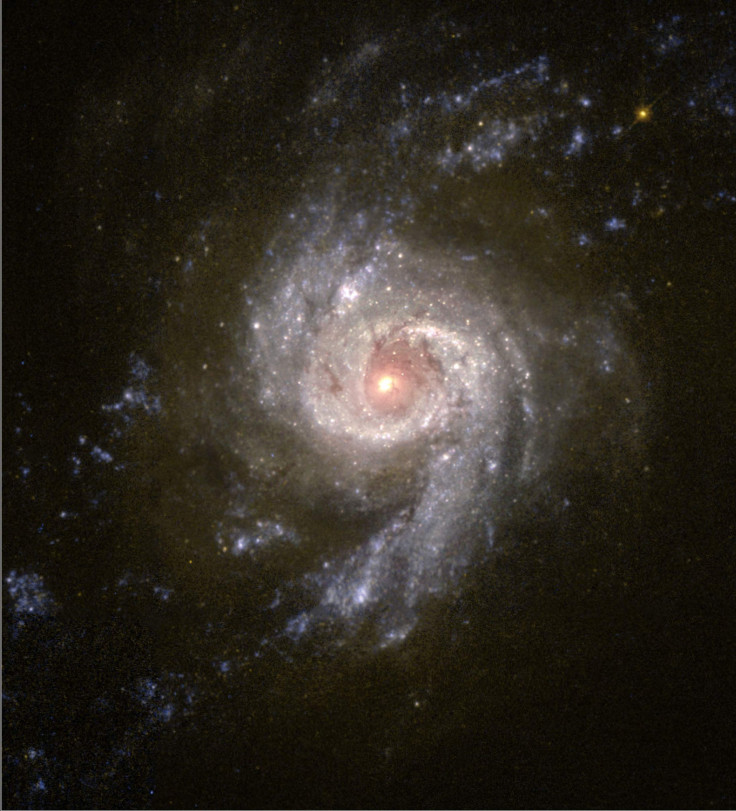NASA Captures Stunning Irregular Galaxy That Experienced 'Hit-And-Run Accident' [PHOTO]

As massive as most galaxies are, they sometimes can't avoid crashing into each other. And NASA's Hubble Space Telescope has captured a stunning image of an irregular galaxy that shows signs of having experienced a cosmic "hit-and-run accident."
On the Hubble's official Twitter page, NASA shared an incredibly detailed image of NGC 4485, a galaxy located 25 million light-years away in the northern constellation Canes Venatici (the Hunting Dogs), taken by the Hubble's Wide Field Camera 3 (WFC3). Unlike the Milky Way and Andromeda galaxies, NGC 4485 has an irregular shape rather than a regular spiral one as a result of it sideswiping another galaxy millions of years ago.
The irregular galaxy NGC 4485 shows all the signs of having been involved in a hit-and-run accident with a bypassing galaxy. Rather than destroying the galaxy, the chance encounter is spawning a new generation of stars, and presumably planets: https://t.co/DUmqEtydlG pic.twitter.com/ym7ifwmr7e
— Hubble (@NASAHubble) May 16, 2019
According to NASA's website, the crash between NGC 4485 and the larger galaxy NGC 4490, a part of which can be seen at the bottom of the image, didn't destroy them and instead resulted in increased star and planet formation.
The right side of the irregular galaxy, presumably the one which got the brunt of the crash with NGC 4490, currently has a massive amount of young blue stars and pinkish nebulas which continue to birth more stars.
NGC 4485's left side, however, appears to have remained largely unaffected and hints at the galaxy's previous spiral form.
After their crash millions of years ago, NGC 4485 is now 24,000 light-years away from NGC 4490, which is considerably close compared to the 2.5 million light-years that separate the Milky Way and Andromeda galaxies.
Due to their proximity, NGC 4485's and NGC 4490's gravitational pulls affect each other, producing bursts of higher-density gas and dust. This then led to a boost in star births.
According to NASA, crashes between galaxies wasn't uncommon during the early days of the universe billions of years ago. At the time, the cosmos was relatively smaller, thus there was a bigger chance of galaxies bumping into each other.
NGC 4485 isn't the first irregular galaxy the Hubble has snapped. Last year, NASA released an image of irregular galaxy UGC 12682 which can be found about 70 million light-years away in the constellation of Pegasus (the Winged Horse). It is described as "distorted and oddly structured, with bright pockets of star formation."
© Copyright IBTimes 2025. All rights reserved.





















